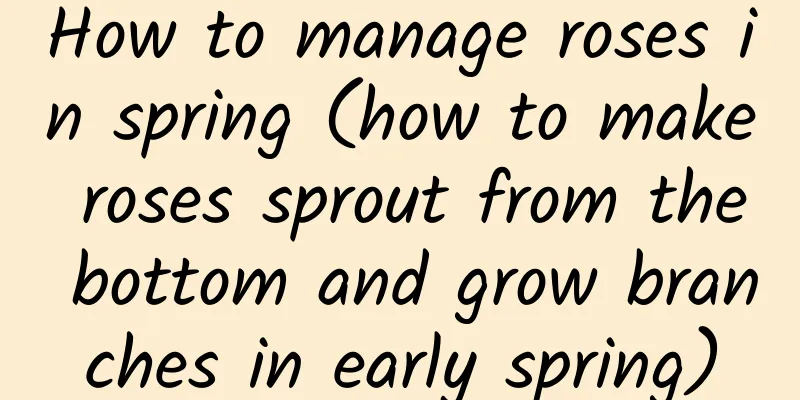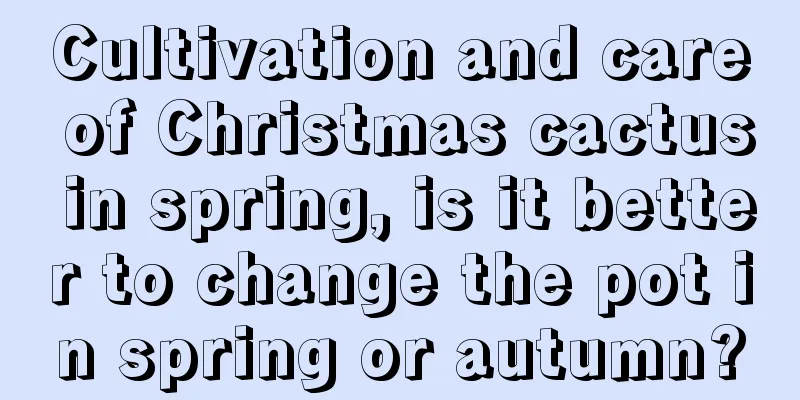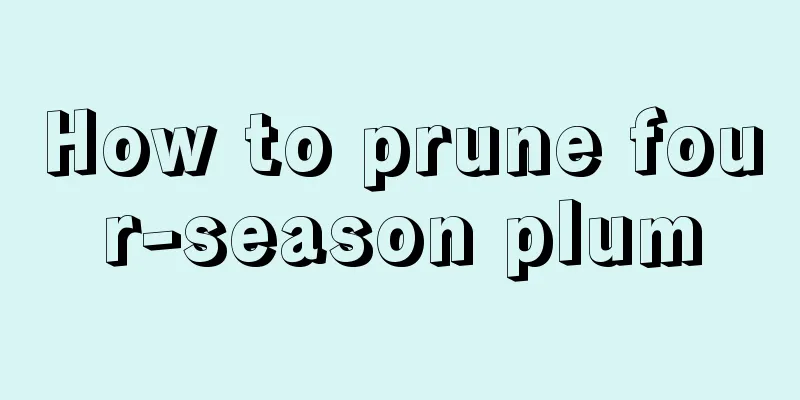How to fertilize fruit trees in winter

1. Fertilization timeFor fruit farmers, the two best time periods for fertilizing are mid-to-late September and early October to early November. Fertilizing during these two time periods is very beneficial to the growth of fruit trees. If for various reasons fertilizer is not applied during the optimal time period, it is recommended to apply fertilizer in the spring of the following year after the soil thaws. 2. Fertilization methodWhen fertilizing fruit trees in winter, method one is to dig 4 to 6 radial grooves outward on the ground under the fruit tree, with the trunk as the axis, about 80 cm away from the center trunk. The outer grooves should be deeper and wider than the inner ones. The second method is to dig a strip trench under the ground at the outer edge of the tree crown, trying to make the trench 20 to 40 cm deep, about 80 cm long, and about 40 cm wide, avoiding the thick roots of the tree. After applying fertilizer to fruit trees, do not cover the fertilizer with soil immediately. Use farm tools to fully mix the fertilizer and soil, and then cover them. Don't forget to water them with an appropriate amount. 3. Special Notes1) When the soil around the plants is dry, try not to apply ammonium carbonate as a fertilizer. Because the chemical properties of ammonium carbonate are very unstable, it is easy to volatilize. Therefore, when using ammonium urea as a fertilizer, make sure the soil is moist and cover it with soil immediately after application to reduce volatilization. 2) Ammonium sulfate cannot be reused as a fertilizer. Especially in orchards with acidic or slightly alkaline soils, many soils become compacted due to improper and repeated use of ammonium sulfate as a fertilizer. In this case, the fruit trees will grow slowly because the transportation of the roots of the fruit trees is affected and the development of the root system is hindered. 3) Do not water fruit trees immediately after using urea as fertilizer. Due to the chemical properties of urea, a large amount of nitrogen will be lost when it comes into contact with water. What fruit trees can easily absorb is ammonium carbonate converted from nitrogen. This will reduce the nutrient absorption rate of fertilizer. Therefore, after fertilizing, wait a few days before watering the fruit trees. |
<<: How to reshape the mountain-grown azalea
>>: What to do with ground-planted succulents in winter
Recommend
Can peonies be planted in the yard?
Can I grow peonies in my yard? Peonies can be pla...
How to grow beautiful lotus
1. Sunlight It has a relatively high demand for s...
The efficacy and function of jasmine tea
1. Antibacterial and anti-inflammatory Jasmine ha...
How many times can ice plant be planted in a year and how long does it take to harvest?
How many times a year is ice plant planted? Ice p...
How and when to plant snake beans?
Suitable planting time for snake beans Snake bean...
Onion pest control methods
Downy Mildew This disease is one of the most comm...
Pea planting time and method
Pea is a nutritious and adaptable plant that can ...
The flower language and symbolic meaning of the sleeping lotus
The Flower Language of the Sleeping Fire Lotus Wh...
The difference between yellow loblolly tree and yellow loblolly orchid
1. Tree shape difference The trunk of the yellow ...
Why are the leaves of Phoenix Bamboo turning yellow and drying up?
Phoenix bamboo is popular for its elegant posture...
Zoysia grass cultivation methods and precautions
1. Maintenance methods 1. Water: Zoysia grass doe...
Can leeks be transplanted in November? Leek root transplanting planting methods and precautions
Leek is one of the most common vegetables in our ...
What are the methods for sowing vinca roseus?
1. Sowing method 1. Time: Choose to sow in spring...
How to identify Atractylodes lancea
1. Leaf Difference The leaves of Celosia are oblo...
Cultivation methods and precautions of trumpet creeper
How to grow trumpet creeper Pot soil selection Wh...









